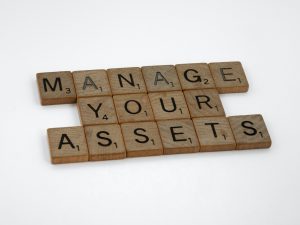Keep it Simple, Silly!!!

“Money saved is money earned.” As soon as we start earning, we think of saving and investing money to achieve our future goals like marriage, buying a house, or children’s education and retirement. To achieve the financial goals, we look into many options available in the market.
We all know about investments like FD, mutual funds, and stocks. Many of us aren’t aware of more investment options – hedge funds, futures and options, and alternative investment funds. In each of these categories, there exist many subcategories offering very detailed and complicated investment options. Some funds specialize in arbitrage investing, high-frequency trading, investment strategies that are top secrets, and so on.
The greed for getting maximum returns out of our investments makes us investigate and try all the options available. But the reality is that a huge chunk of these complicated investments simply fails to outperform simpler investments. Even the ones that do perform very well – choosing the right one itself is a very complicated task, which most normal investors cannot afford to do. Most individual investors work full-time at their job or business. Very complicated investments require constant time and attention –that simply isn’t available.
If it is complicated if it needs to be explained by someone sitting at a lunch table if it’s proprietary if it’s only available from certain companies and if it makes claims about your future financial health, don’t buy it.
Instead, go to the periphery of the market where all the least processed, least complicated, least expensive financial products can be found, fresh every day.
Like any industry, investing has its language. And one term people often use “investment portfolio,” which refers to all your invested assets.
Building an investment portfolio might seem intimidating, but there are steps you can take to make the process painless. One of the most important things to consider when creating a portfolio is your risk tolerance. Your risk tolerance is your ability to accept investment losses in exchange for the possibility of earning higher investment returns. Your risk tolerance is tied not only to how much time you have before your financial goal such as retirement but also to how you mentally handle watching the market rise and fall. If your goal is many years away, you have more time to ride out those highs and lows, which will let you take advantage of the market’s general upward progression.
Steps for building a portfolio
- Decide the amount to be invested
- Choose your investments based on your risk tolerance
- Determine the best asset allocation for you based on the risk-taking capacity
- Rebalance your investment portfolio as needed
- Keep reviewing and update
Happy Investing!!!
Disclaimer: “The views expressed are for information purposes only. The information provided herein should not be considered investment advice or research recommendation. The users should rely on their research and analysis and should consult their investment advisors to determine the merit, risks, and suitability of the information provided.”
